Home>Garden Essentials>How Long Does It Take For A Rose To Grow From Seed
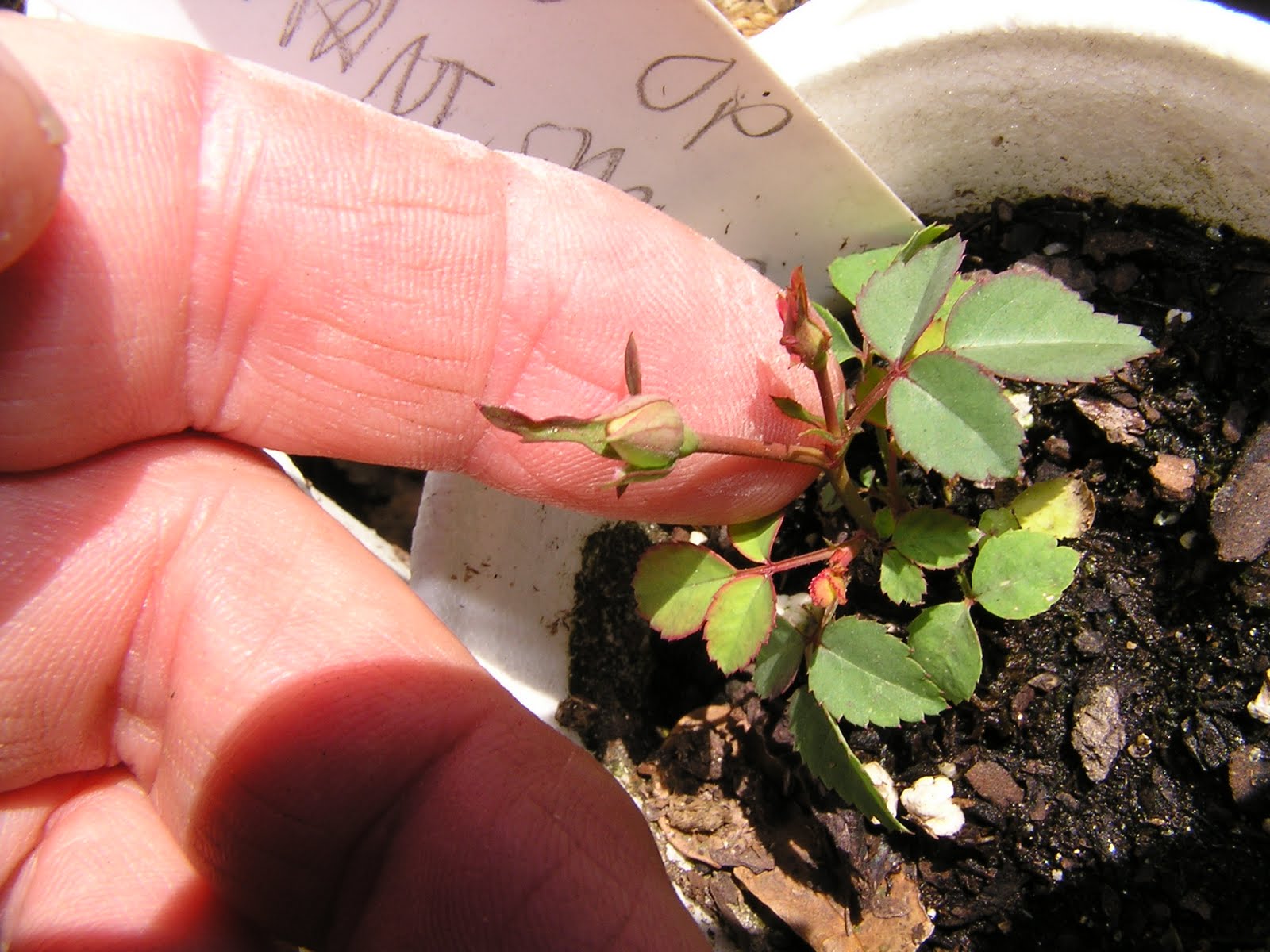

Garden Essentials
How Long Does It Take For A Rose To Grow From Seed
Modified: May 6, 2024
Discover how long it takes for a rose to grow from seed in your garden. Uncover the secrets to successful rose cultivation and enjoy the beauty of your own blooming roses.
(Many of the links in this article redirect to a specific reviewed product. Your purchase of these products through affiliate links helps to generate commission for Storables.com, at no extra cost. Learn more)
Introduction
Gardening enthusiasts are often drawn to the beauty and elegance of roses. With their vibrant colors and sweet fragrance, roses hold a special place in our hearts and gardens. While many gardeners prefer to purchase established rose plants from nurseries, there is a certain joy in growing roses from seed. It offers a unique opportunity to witness the entire growth process, from germination to full bloom.
However, growing roses from seed requires patience, knowledge, and careful attention. It is a journey that spans several stages and can take some time before you see the beautiful blossoms you’ve been dreaming of. In this article, we will delve into the various stages of rose growth from seed and explore the factors that affect their development. We will also provide valuable tips to help you successfully cultivate roses from seeds.
Whether you are a seasoned gardener or a beginner, understanding the process of rose growth will enable you to appreciate and nurture these stunning flowers. So, let’s dive in and discover the fascinating journey of a rose, starting from its humble beginnings as a seed.
Key Takeaways:
- Growing roses from seed is a patient and rewarding journey, spanning from germination to stunning blooms. Understanding the process and providing proper care can lead to vibrant and healthy rose plants in your garden.
- Factors like sunlight, soil quality, and watering significantly impact rose growth. By addressing these factors and following proper techniques, you can successfully cultivate beautiful roses from seeds.
Read more: How Long Does It Take Roses To Germinate
Understanding the Rose Growing Process
Before we dive into the details of growing roses from seed, it is essential to have a basic understanding of the overall rose growing process. Roses go through several distinct stages of growth, each with its own unique characteristics and requirements.
The first stage of growth is germination, where the seed begins to sprout and develop into a seedling. This is followed by the second stage, which involves the development of the seedling into a young plant with leaves and roots. The third stage is known as vegetative growth, where the plant focuses on growing stems, leaves, and roots. Finally, the fourth stage is when the rose enters its flowering and reproductive stage, where it produces stunning blooms and aims to reproduce.
Understanding these stages is crucial because it helps us know what to expect and how to care for roses at each phase of their growth. It also gives us insight into the time it takes for a rose to grow from a seed into a mature, blooming plant.
Keep in mind that the amount of time it takes for a rose to grow from seed can vary significantly depending on various factors such as the rose variety, growing conditions, and climate. Generally, it can take anywhere from several months to a year or more for a rose to reach maturity and produce flowers.
Now that we have a basic overview of the rose growing process, let’s explore each stage in detail, starting with the first stage of growth – germination.
Germination: The First Stage of Growth
Germination marks the beginning of a rose’s journey from seed to a fully grown plant. This is the stage where the seed awakens and starts the process of sprouting and developing into a seedling.
Proper germination begins with preparing the rose seeds for planting. It is recommended to stratify the seeds before sowing, which involves subjecting them to a period of cold temperature. This mimics the natural winter conditions that roses go through to break their dormancy. Stratification can be achieved by placing the seeds in a moist paper towel and refrigerating them for a few weeks.
Once the seeds have been stratified, they are ready for sowing. Prepare a seed tray or small pots filled with a well-draining potting mix. Place the seeds on the surface of the soil and lightly press them down. Cover the seeds with a thin layer of soil, about ¼ inch deep, and water gently.
Consistent moisture is crucial for successful germination. Keep the soil moist but not waterlogged, using a misting spray or a watering can with a fine rose. Provide warmth to the seeds by placing them in a greenhouse or a warm, sunny location indoors.
Patience is key during this stage, as germination can take several weeks. Some rose seeds may sprout quickly, while others may take longer. Keep monitoring the seed tray and be on the lookout for tiny green shoots pushing through the soil surface.
Once the seedlings emerge, they will start developing their first set of true leaves, signaling the successful germination process. At this point, it is crucial to provide adequate light to ensure healthy growth. Place the seedlings under grow lights or near a sunny window that receives at least 6 hours of direct sunlight daily.
As the seedlings grow, they will require regular watering, allowing the soil to dry out slightly between waterings. Be careful not to overwater as it can lead to root rot. This will help in developing a strong root system and sturdy stems.
During the germination stage, it is important to protect the young seedlings from extreme temperatures, pests, and diseases. Maintain a moderate temperature between 65-75°F (18-24°C) and ensure good ventilation to prevent fungal diseases. Keep an eye out for any signs of pests, such as aphids or spider mites, and take appropriate measures to control them.
The germination stage is an exciting and delicate time in a rose’s growth journey. Proper care and attention during this stage will lay a solid foundation for the seedling’s future development. As the seedlings establish themselves and grow stronger, they will enter the next stage of growth – seedling development.
Seedling Development: Second Stage of Growth
After the successful germination of rose seeds, the seedlings enter the second stage of growth – seedling development. This stage is characterized by the growth of the seedlings into young plants with leaves, stems, and developing root systems.
As the seedlings grow, their first set of true leaves will emerge. These leaves look different from the initial cotyledon leaves and resemble the true leaves of a mature rose plant. This is an exciting milestone as it indicates that the seedlings are progressing well and are ready to flourish.
During this stage, it is important to provide the seedlings with optimal growing conditions. Ensure that they receive adequate sunlight, ideally 6-8 hours of direct sunlight per day. If natural light is insufficient, supplement it with grow lights placed at an appropriate distance to avoid scorching the seedlings.
Proper watering is crucial for the healthy development of seedlings. Water the seedlings when the top inch of the soil feels dry, being careful not to overwater. Overwatering can lead to root rot and other fungal diseases. Aim to maintain moist but not waterlogged soil.
To encourage strong root development, gradually expose the seedlings to outdoor conditions. This process, known as hardening off, helps the plants adapt to the outdoor climate. Start by placing the seedlings outdoors in a sheltered spot for a few hours a day, gradually increasing the duration and intensity of exposure over a week or two.
Seedling development is also a time to start feeding the young plants. Dilute a balanced, water-soluble fertilizer according to the manufacturer’s instructions and apply it every two weeks. This provides essential nutrients needed for healthy growth and development.
Keep a watchful eye for any signs of stress or diseases during this stage. Common problems include damping-off, a fungal disease that causes the seedlings to wilt and die, and pests such as aphids or thrips. Promptly address any issues by providing proper ventilation, improving air circulation, and using organic pest control methods if necessary.
As the seedlings continue to grow, they will develop stronger stems and a more intricate root system. At this point, they will be ready to transition into their next stage of growth – vegetative growth. This is the stage where the rose plants will undergo rapid growth, focusing on developing foliage and roots.
With proper care and attention, the seedlings will flourish into robust young plants, bringing us closer to the moment when they will bloom with dazzling roses. Let’s explore the fascinating third stage of rose growth – vegetative growth.
Vegetative Growth: Third Stage of Growth
Vegetative growth is a crucial and exciting stage in the life of a rose plant. It is during this stage that the plant focuses on developing its foliage, stems, and roots, preparing itself for future growth and blooming. This stage is characterized by rapid growth and the establishment of a strong foundation for the rose plant.
During vegetative growth, the rose plant will produce more leaves and develop longer stems. The leaves play a vital role in photosynthesis, converting sunlight into energy that fuels the plant’s growth. Ensure that the rose plant receives at least 6 hours of direct sunlight per day to promote healthy leaf production.
Regular watering is essential during this stage, as the plant is actively growing and requires an adequate supply of water. Water deeply and thoroughly, allowing the soil to dry partially between waterings. However, be cautious not to overwater, as it can lead to root rot. Mulching around the base of the plant can help retain moisture and prevent weed growth.
As the rose plant grows, it will benefit from regular feeding with a balanced fertilizer. Use a slow-release, granular fertilizer or a water-soluble fertilizer every four to six weeks. Follow the manufacturer’s instructions for proper dosage and application. Fertilizers rich in nitrogen promote healthy leaf and stem growth.
During vegetative growth, it is important to provide support for the rose plant to prevent its stems from bending or breaking under their own weight. This is particularly crucial for climbing roses or varieties with long, flexible stems. Install trellises, stakes, or other support structures to keep the plants upright and ensure proper air circulation around the foliage.
Pruning is another vital aspect of managing vegetative growth. Regular pruning helps shape the plant, encourage bushier growth, and remove any dead, damaged, or diseased branches. Prune during the dormant season or after the plant has finished blooming, making clean cuts just above an outward-facing bud or leaf node.
As the rose plant continues its vegetative growth journey, it will develop a strong root system that anchors it in the soil and absorbs essential nutrients and water. Adequate space and well-draining soil are important factors for healthy root development. Roses generally prefer a loamy soil with good drainage.
Regular monitoring for pests and diseases is crucial during the vegetative growth stage. Common pests such as aphids, spider mites, and black spot disease can affect the health of the rose plant. Treat any issues promptly using organic pest control methods or appropriate fungicides, if necessary.
With proper care and attention during the vegetative growth stage, the rose plant will continue to thrive and prepare itself for its ultimate goal – flowering and reproduction. The next stage marks the pinnacle of a rose’s growth journey, where it showcases its stunning blooms. Let’s explore the final stage – flowering and reproduction.
A rose can take 6-8 weeks to germinate from seed. Once planted, it can take 2-3 years for a rose bush to reach full maturity and start producing flowers. Be patient and provide proper care for healthy growth.
Flowering and Reproduction: Final Stage of Growth
The stage of flowering and reproduction is the most anticipated and rewarding phase in the growth journey of a rose plant. It is during this stage that the plant showcases its stunning blooms, fills the air with its fragrant scent, and aims to reproduce by producing seeds.
Flowering is influenced by various factors, including the rose variety, environmental conditions, and the age and health of the plant. Typically, roses take at least two to three years from germination to reach the flowering stage. However, some varieties may bloom earlier, while others may take longer. Patience is key when it comes to waiting for your roses to bloom.
To encourage abundant and healthy blooms, it is essential to provide the rose plant with optimal growing conditions. Ensure that the plant receives at least 6 hours of direct sunlight per day, as sunlight is crucial for initiating and sustaining the flowering process. Proper spacing between plants promotes good air circulation, reducing the risk of fungal diseases.
Regular watering is important to keep the plant hydrated, especially during the hotter months. Water deeply at the base of the plant, avoiding wetting the foliage to prevent leaf diseases. Mulching around the plant can help retain moisture, regulate soil temperature, and suppress weed growth.
Feeding the rose plant with a balanced fertilizer during the flowering stage is essential for healthy growth and abundant blooms. Use a rose-specific fertilizer or a balanced slow-release granular fertilizer every six to eight weeks. Follow the manufacturer’s instructions for proper dosage and application.
Deadheading faded blooms promotes continuous flowering by redirecting the plant’s energy away from seed production. Prune spent flowers just above a healthy set of leaves or a bud, making a clean cut at a 45-degree angle. This encourages the plant to produce new buds and prolongs the blooming period.
Pests and diseases can affect the health and beauty of the rose blooms. Regularly inspect the plants for any signs of pest damage or disease, such as aphids, thrips, or powdery mildew. Use appropriate pest control methods or organic treatments to mitigate any issues.
It is important to note that not all roses produce seeds through natural pollination. Some modern hybrid varieties are sterile and do not set seed. If you intend to collect seeds for propagation, you will need to select open-pollinated or heirloom varieties that are capable of producing viable seeds.
Once the blooms have faded, they will develop seed pods known as hips. These hips contain seeds, and if left on the plant, they will mature and eventually fall to the ground. Collecting and storing seeds for propagation is a meticulous process that involves extracting the seeds from the hips, drying them, and storing them in a cool, dry place until ready for planting.
The final stage of a rose’s growth journey – flowering and reproduction – is a testament to the plant’s resilience, beauty, and ability to create new life. From the delicate petals to the sweet fragrance, roses truly captivate the senses and bring joy to any garden or landscape.
By providing the necessary care and attention to your rose plants throughout their growth journey, you can enjoy a bountiful display of blooms and witness the magic of nature unfold right before your eyes. So, let your roses flourish and fill your garden with their incredible beauty!
Factors Affecting Rose Growth
Several factors can significantly impact the growth and development of roses. Understanding and addressing these factors is crucial for successfully cultivating healthy and vibrant rose plants. Let’s explore some of the key factors that can influence rose growth:
1. Sunlight: Roses thrive in full sun, which is defined as at least 6 hours of direct sunlight per day. Insufficient sunlight can lead to weak growth, poor flowering, and increased susceptibility to diseases.
2. Soil Quality: Roses prefer well-draining soil with a pH level between 6.0 and 6.5. The soil should be rich in organic matter and have good water-holding capacity. A healthy soil structure promotes root development and nutrient uptake.
3. Watering: Proper watering is crucial for healthy rose growth. Roses require regular deep watering to keep the soil moist but not waterlogged. Avoid overwatering, as it can lead to root rot and other fungal diseases.
4. Temperature and Climate: Roses thrive in moderate temperatures, generally between 60°F and 75°F (15°C to 24°C). Extreme heat or cold can stress the plants and affect their growth and flowering. Some rose varieties are more tolerant of specific climates, so it’s essential to choose varieties suitable for your region.
5. Nutrients and Fertilization: Roses are heavy feeders and require regular fertilization to promote healthy growth and abundant blooms. Apply a balanced rose fertilizer according to the manufacturer’s instructions, as deficiencies in key nutrients can affect overall plant health and flowering.
6. Pruning: Pruning plays a vital role in rose growth and helps maintain shape, promote airflow, and remove dead or diseased wood. Prune during the dormant season or after blooming, following proper pruning techniques to encourage healthy growth.
7. Disease and Pest Control: Roses are susceptible to various diseases, such as black spot, powdery mildew, and rust. Regular monitoring, proper sanitation, and timely treatment with organic or chemical methods can prevent and control these issues. Pest control measures may also be necessary to protect your roses from aphids, thrips, and other common pests.
8. Variety Selection: Choosing the right rose varieties for your garden is essential. Consider factors such as disease resistance, growth habit (climbing, shrub, or miniature), and bloom type to ensure the best chances of successful growth and flourishing blooms.
9. Air Circulation: Proper airflow around the rose plants is crucial to prevent the development and spread of fungal diseases. Avoid overcrowding the plants and provide adequate spacing between them.
10. Maintenance and Care: Regular maintenance and care, including removing spent blooms, pruning, mulching, and monitoring for pests and diseases, are essential for healthy rose growth. Proper care helps prevent issues and promotes overall plant health.
By understanding and addressing these factors, you can create optimal growing conditions for your roses and ensure their growth and success in your garden. Remember that each rose variety may have specific requirements, so it’s important to research and tailor your care accordingly. With proper attention and care, your roses will flourish and reward you with their stunning beauty.
Tips for Successfully Growing Roses from Seeds
Growing roses from seeds can be a rewarding and fulfilling experience. To increase your chances of success, consider the following tips:
1. Choose the Right Seeds: Select open-pollinated or heirloom rose varieties that are known to produce viable seeds. These types of roses are more likely to germinate and grow successfully.
2. Properly Prepare the Seeds: Before sowing, stratify the rose seeds by placing them in a moist paper towel and refrigerating them for a few weeks. This helps break dormancy and improves germination rates.
3. Provide the Ideal Growing Environment: Create a suitable environment for germination by using a well-draining potting mix, keeping the seeds warm, and providing adequate moisture and light. A greenhouse or a warm, sunny spot indoors can provide the optimal conditions.
4. Maintain Consistent Moisture: Keep the soil moist but not waterlogged during germination and seedling development. Use a misting spray or a watering can with a fine rose to avoid excessive watering.
5. Ensure Adequate Light: Once the seedlings have emerged, provide them with at least 6 hours of direct sunlight per day. If natural light is insufficient, supplement it with grow lights placed at an appropriate distance from the seedlings.
6. Gradually Harden Off the Seedlings: Before transplanting the seedlings outdoors, gradually expose them to outdoor conditions. Start by placing them outdoors for a few hours a day in a sheltered spot, gradually increasing their exposure over a week or two.
7. Choose the Right Planting Location: Select a planting location with full sun exposure and well-draining soil. Roses prefer loamy soil with a slightly acidic pH level between 6.0 and 6.5.
8. Provide Adequate Spacing: Roses need sufficient space to grow and develop properly. Plant them with appropriate spacing to allow for good air circulation, which helps prevent fungal diseases.
9. Regularly Water and Feed: Water roses deeply and regularly, ensuring the soil is moist. Feed the seedlings with a balanced water-soluble fertilizer every two weeks during the growing season to provide essential nutrients.
10. Monitor and Control Pests and Diseases: Regularly inspect the plants for signs of pests or diseases, such as aphids, mites, or fungal infections. Use organic pest control methods or appropriate treatments to mitigate these issues.
11. Practice Proper Pruning: As the seedlings grow, prune them to promote bushier growth and remove any dead or diseased foliage. Pruning during the dormant season or after blooming helps maintain shape and health.
12. Be Patient: Growing roses from seeds takes time and patience. It may take several months or even a few years for the plants to reach maturity and produce blooms. Enjoy the process and be rewarded with the beauty of your home-grown roses.
By following these tips, you can increase your chances of successfully growing roses from seeds. It may require some trial and error, but with care, patience, and a little bit of luck, you can watch your rose seeds transform into beautiful flowering plants that will bring joy and beauty to your garden.
Conclusion
Growing roses from seed is a journey that allows us to witness the miraculous transformation of a tiny seed into a majestic flowering plant. Throughout the stages of germination, seedling development, vegetative growth, and finally, flowering and reproduction, roses captivate us with their beauty, fragrance, and resilience.
While the process of growing roses from seeds requires patience and proper care, the rewards are undoubtedly worth the effort. By understanding the factors that influence rose growth and implementing the right techniques, you can successfully cultivate vibrant and healthy rose plants in your garden.
From providing the optimal sunlight, well-draining soil, and regular watering to feeding, pruning, and protecting the plants from pests and diseases, each step contributes to the overall health and beauty of your roses.
Remember to choose the right rose seed varieties, properly prepare the seeds, and create an ideal germination environment. Gradually transition the seedlings outdoors, provide adequate spacing, and maintain consistent care and attention throughout their growth journey. With time, your patience and dedication will be rewarded with the stunning display of beautiful blooms.
Whether you are a seasoned gardener or a beginner, growing roses from seed offers a unique and fulfilling experience. It allows you to connect with nature, witness the marvels of plant life, and create a personal touch in your garden.
So, embrace the journey of growing roses from seed, and let the beauty and fragrance of these exquisite flowers fill your garden. With the right knowledge, techniques, and a little bit of love, you can successfully cultivate roses that will bring joy, delight, and an undeniable charm to your outdoor space.
Start your rose-growing adventure today and create a garden filled with the timeless beauty of these remarkable flowers.
Eager to get those roses blooming? Perfecting the seed's journey from dormancy to sprout is just the beginning. Dive deeper into the art of nurturing plants with our detailed guide on how long for seed to germinate. This article sheds light on timeframes, conditions, and methods that can accelerate the sprouting process, setting you up for gardening success. So, if you're curious about speeding up nature's timetable, give our germination guide a read. You'll find practical advice tailored to help novice and veteran gardeners alike achieve lush, vibrant gardens.
Frequently Asked Questions about How Long Does It Take For A Rose To Grow From Seed
Was this page helpful?
At Storables.com, we guarantee accurate and reliable information. Our content, validated by Expert Board Contributors, is crafted following stringent Editorial Policies. We're committed to providing you with well-researched, expert-backed insights for all your informational needs.
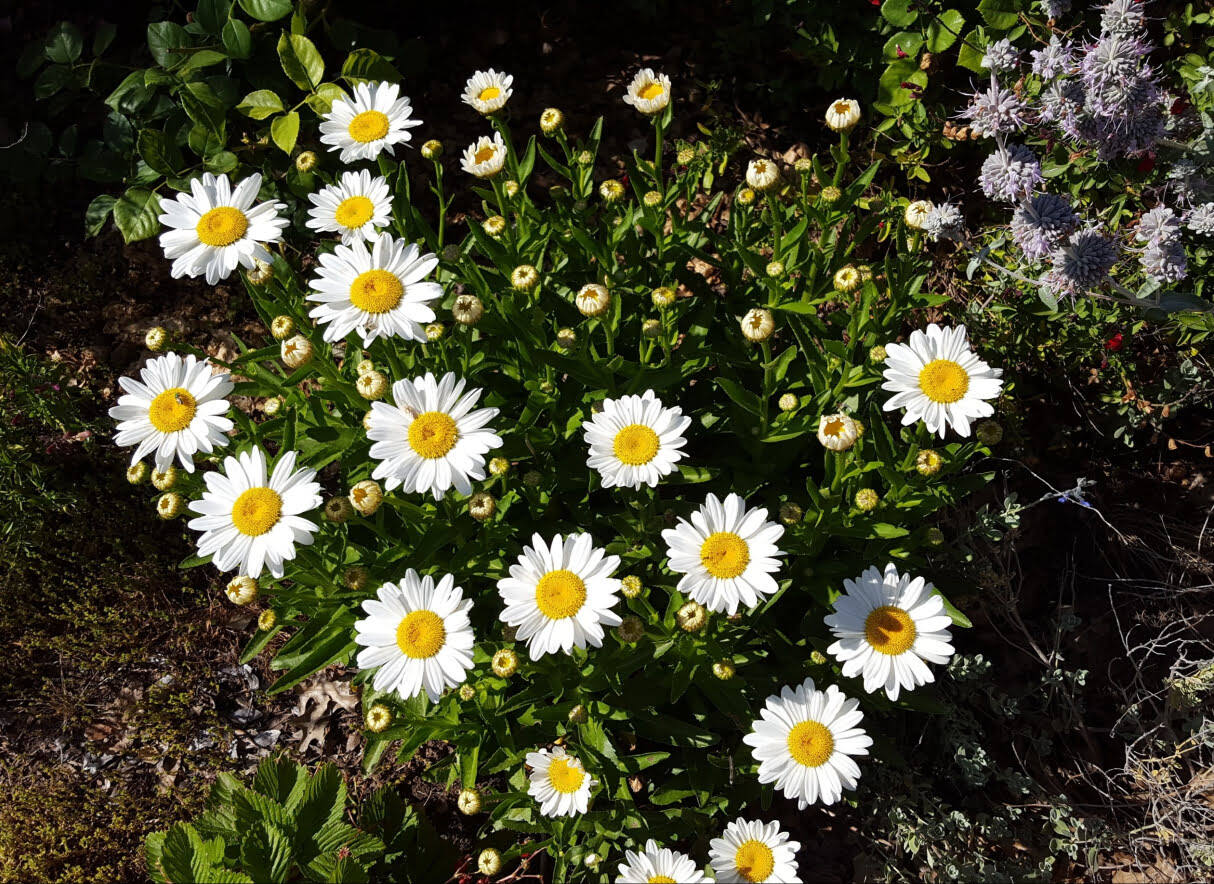
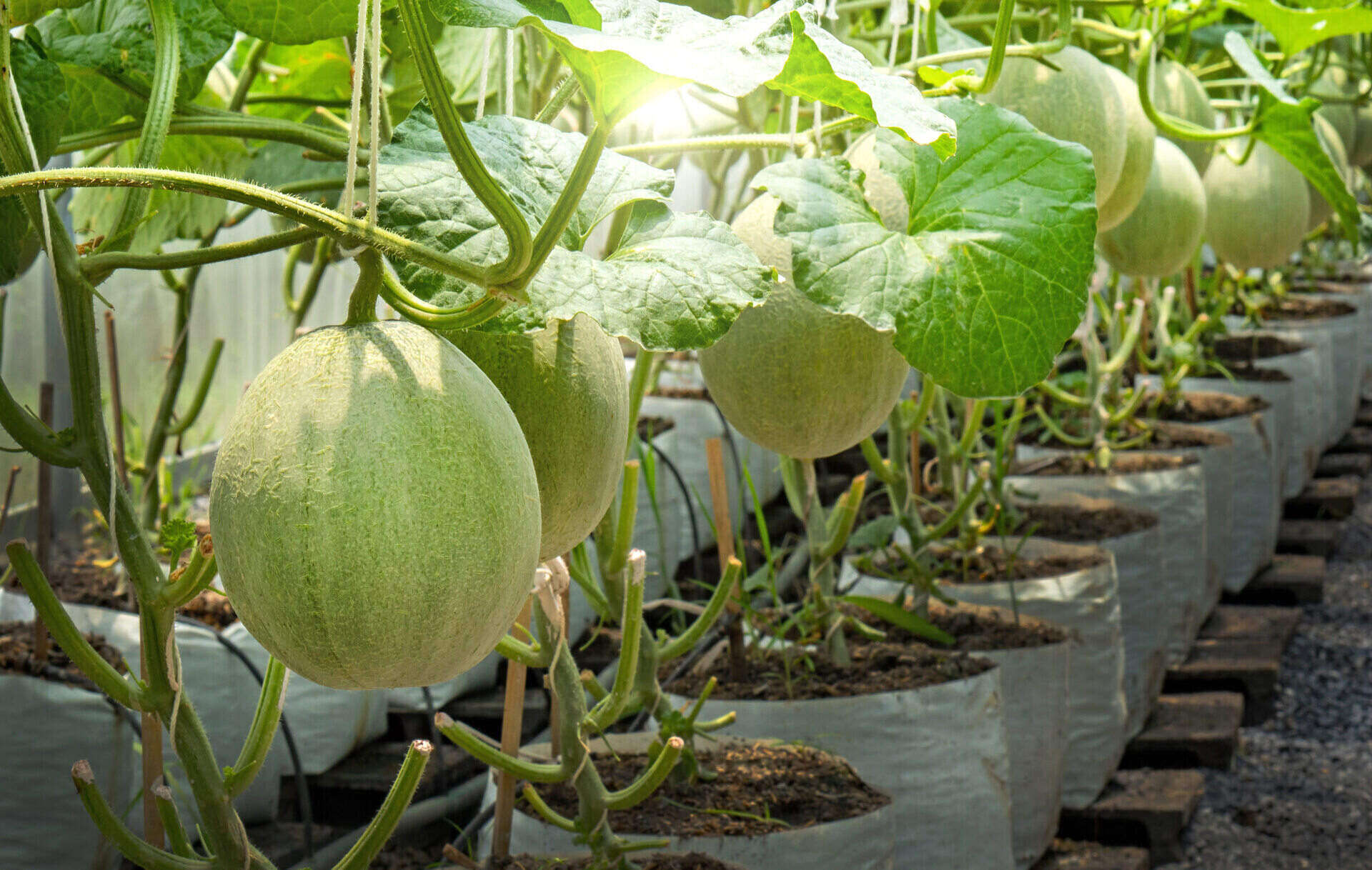
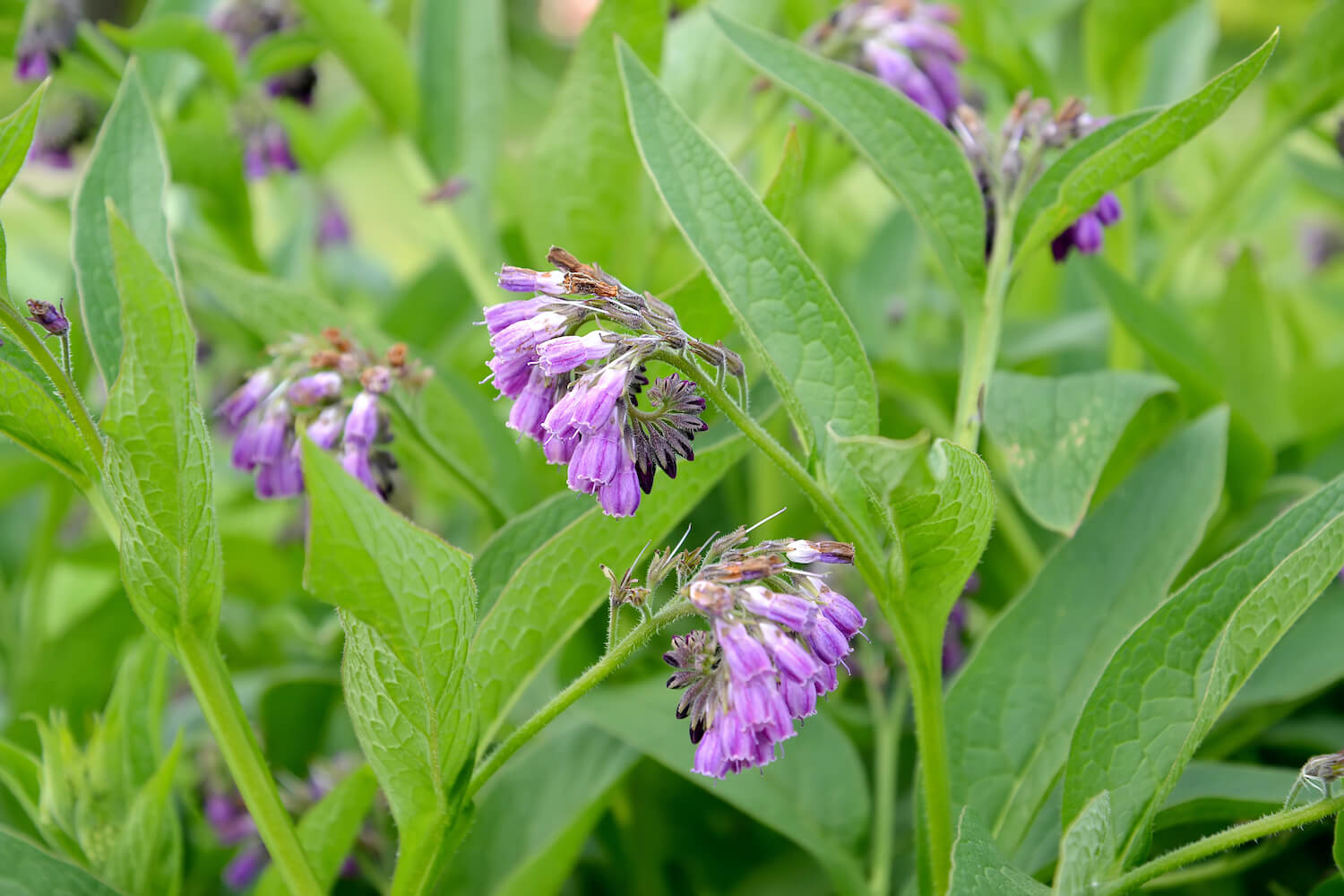
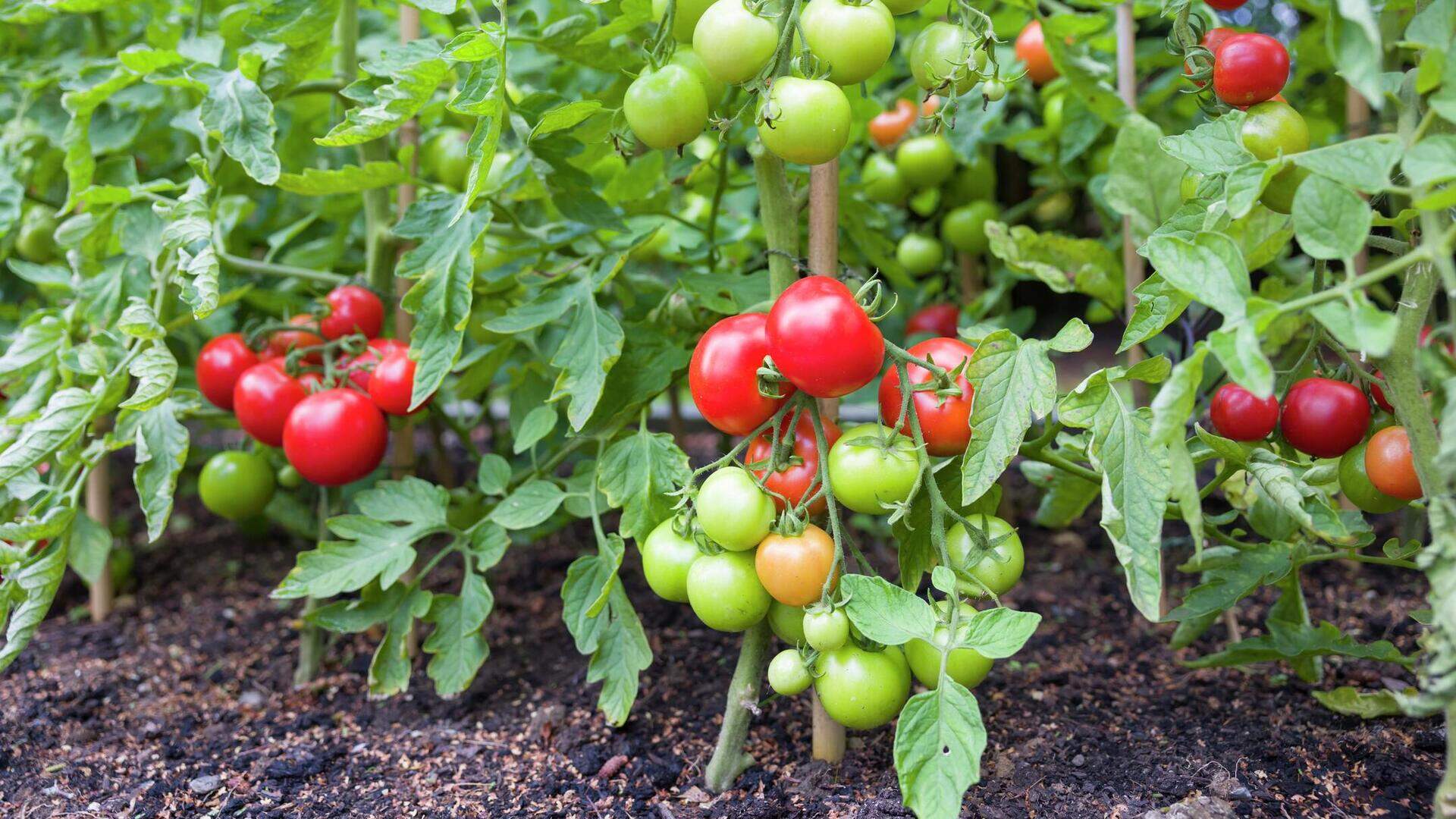
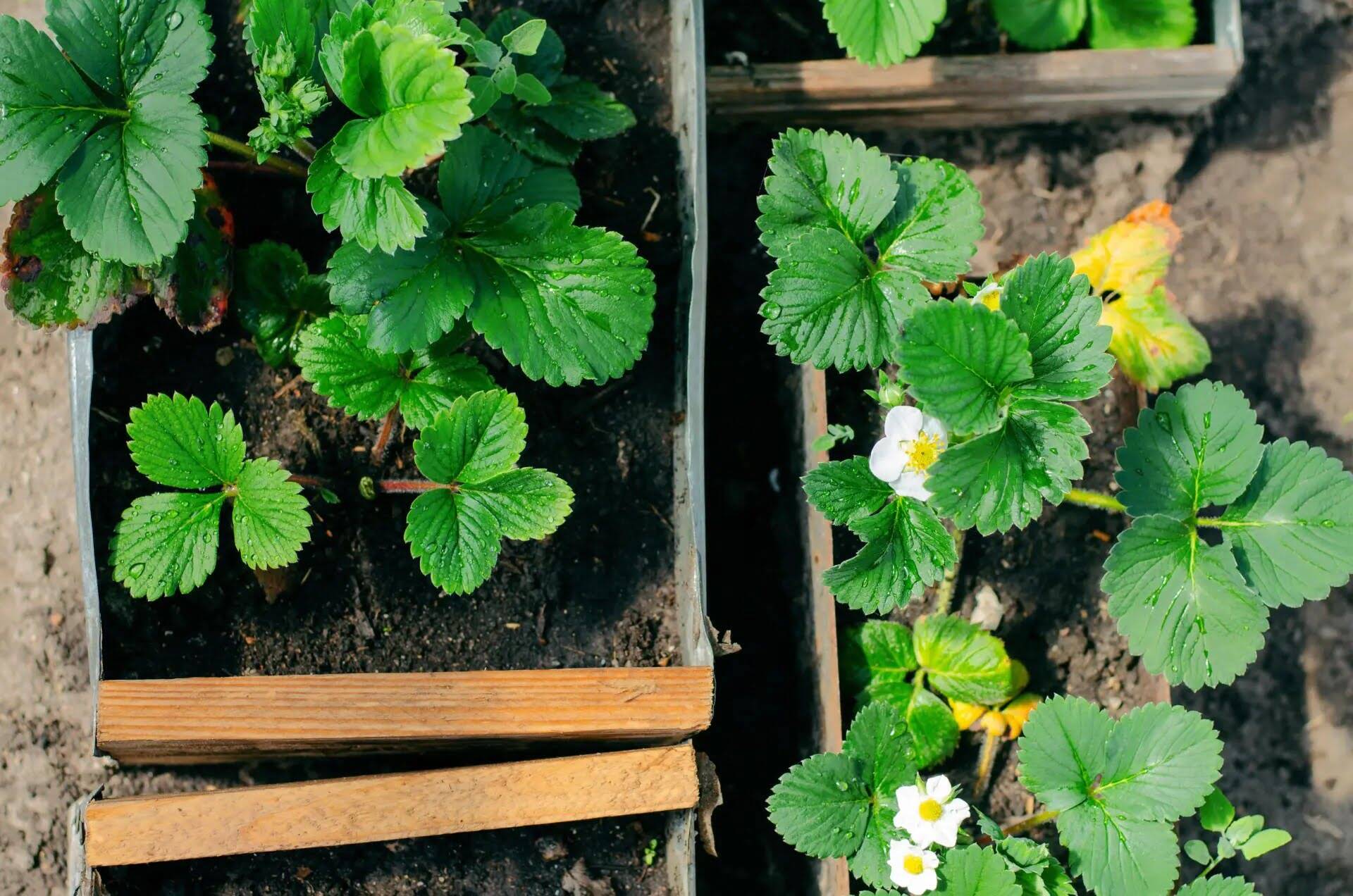
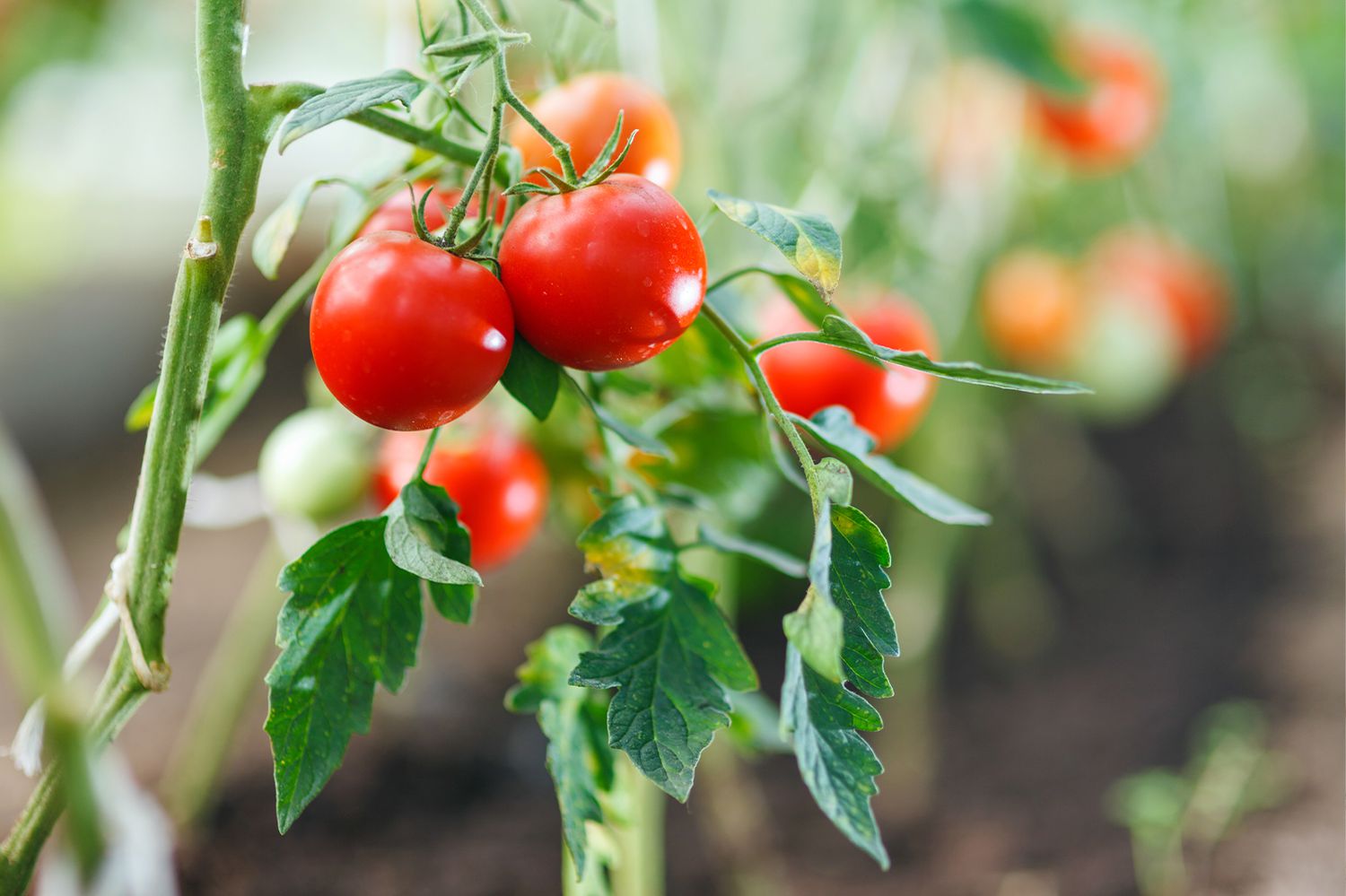
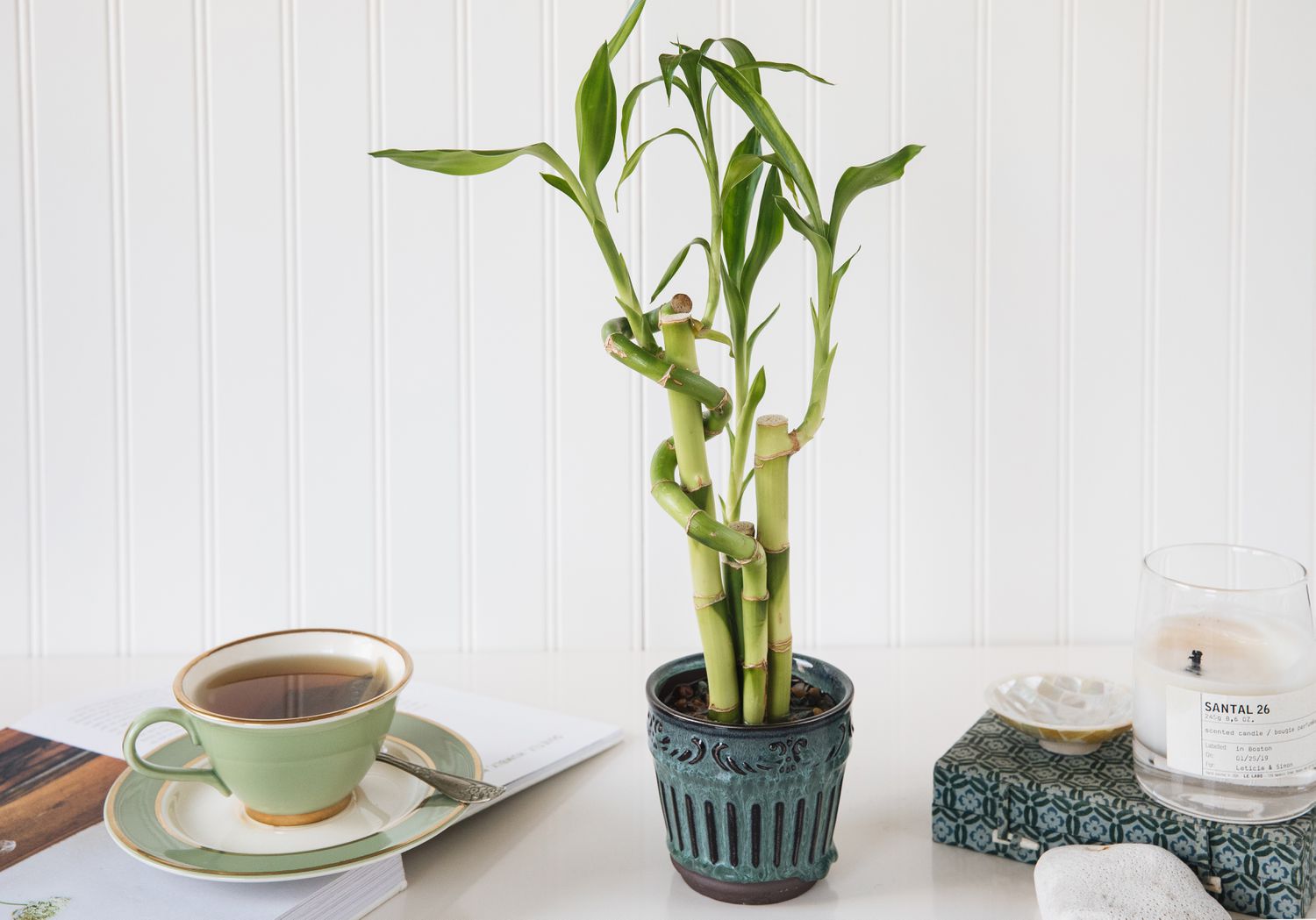
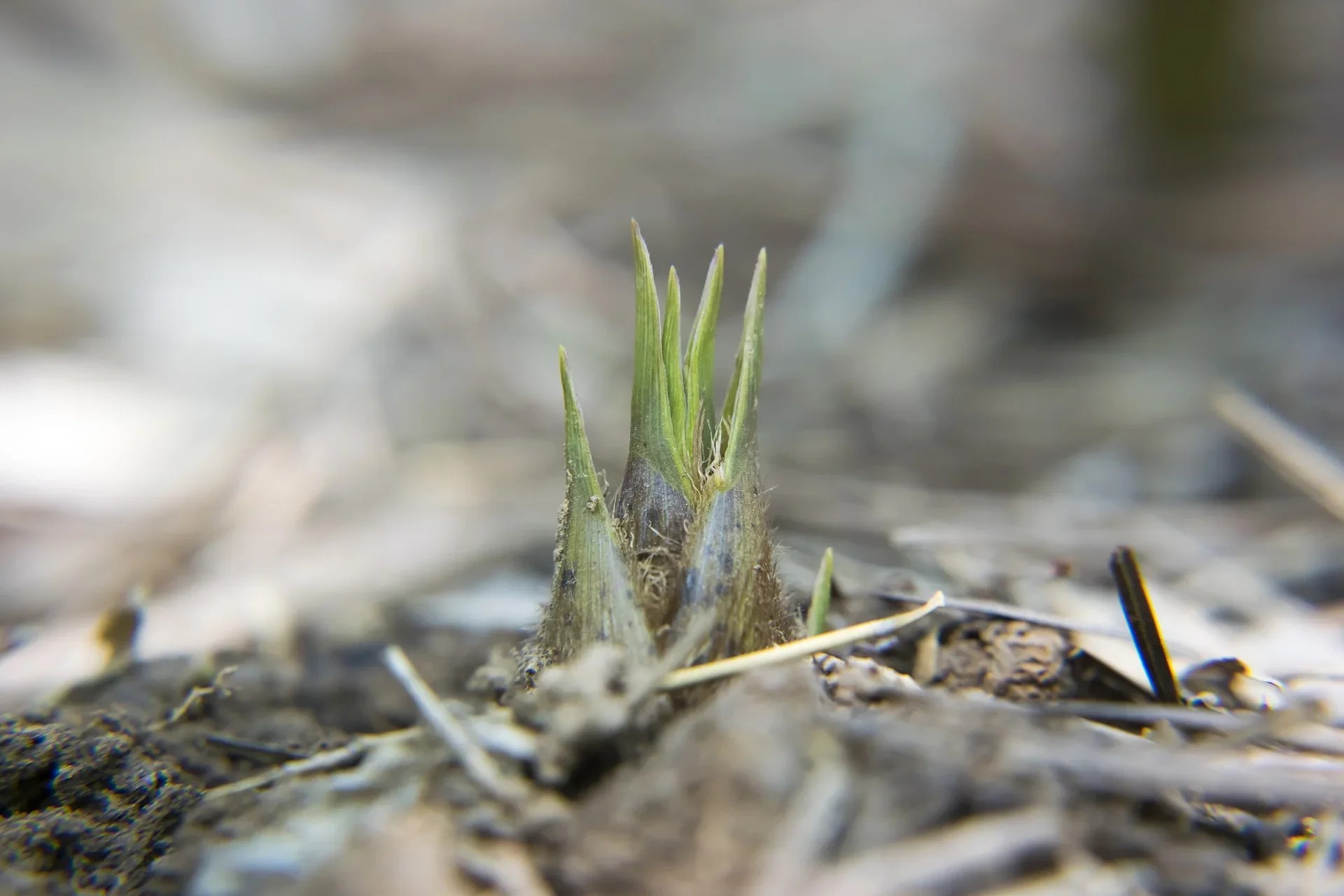
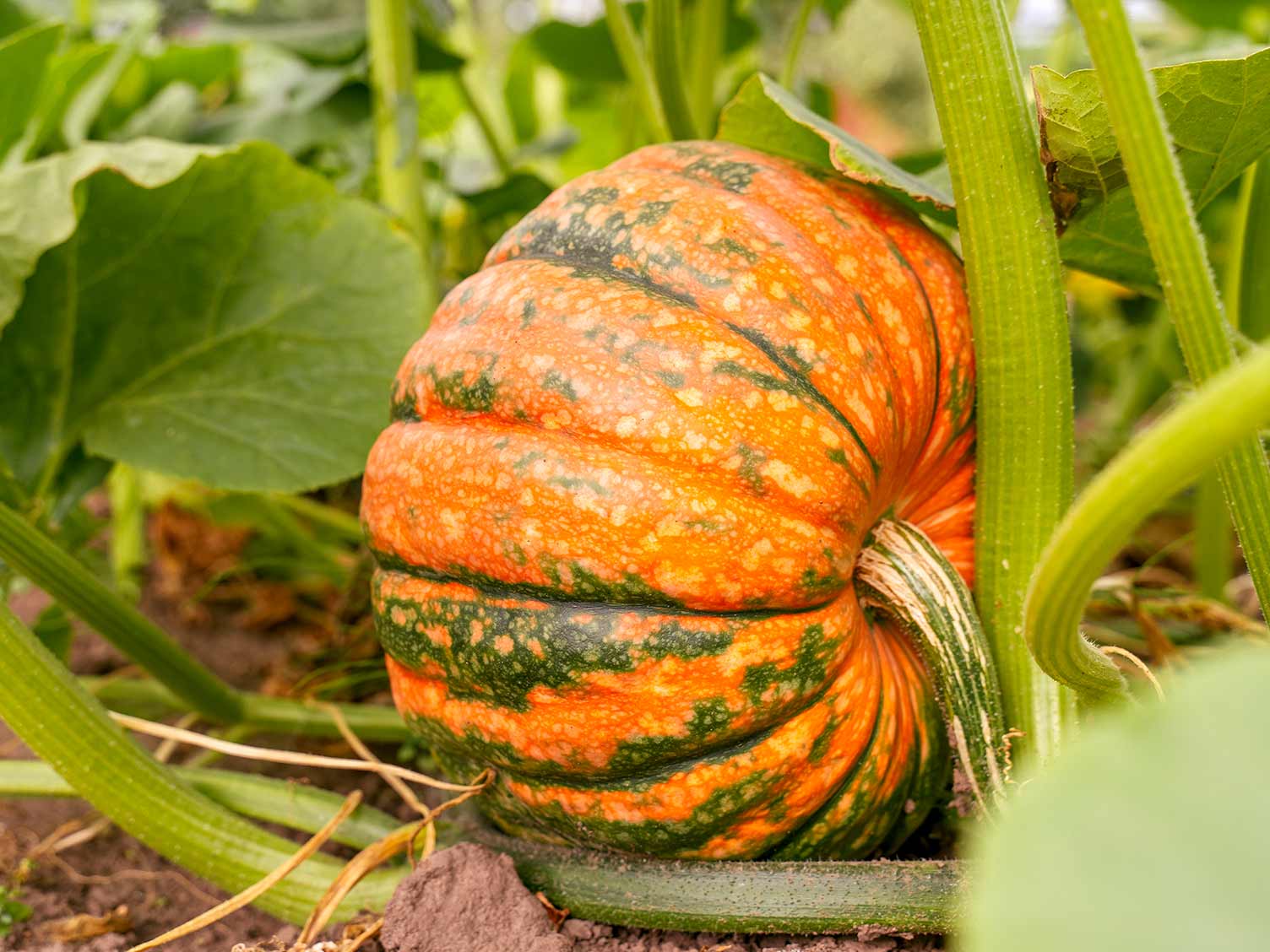
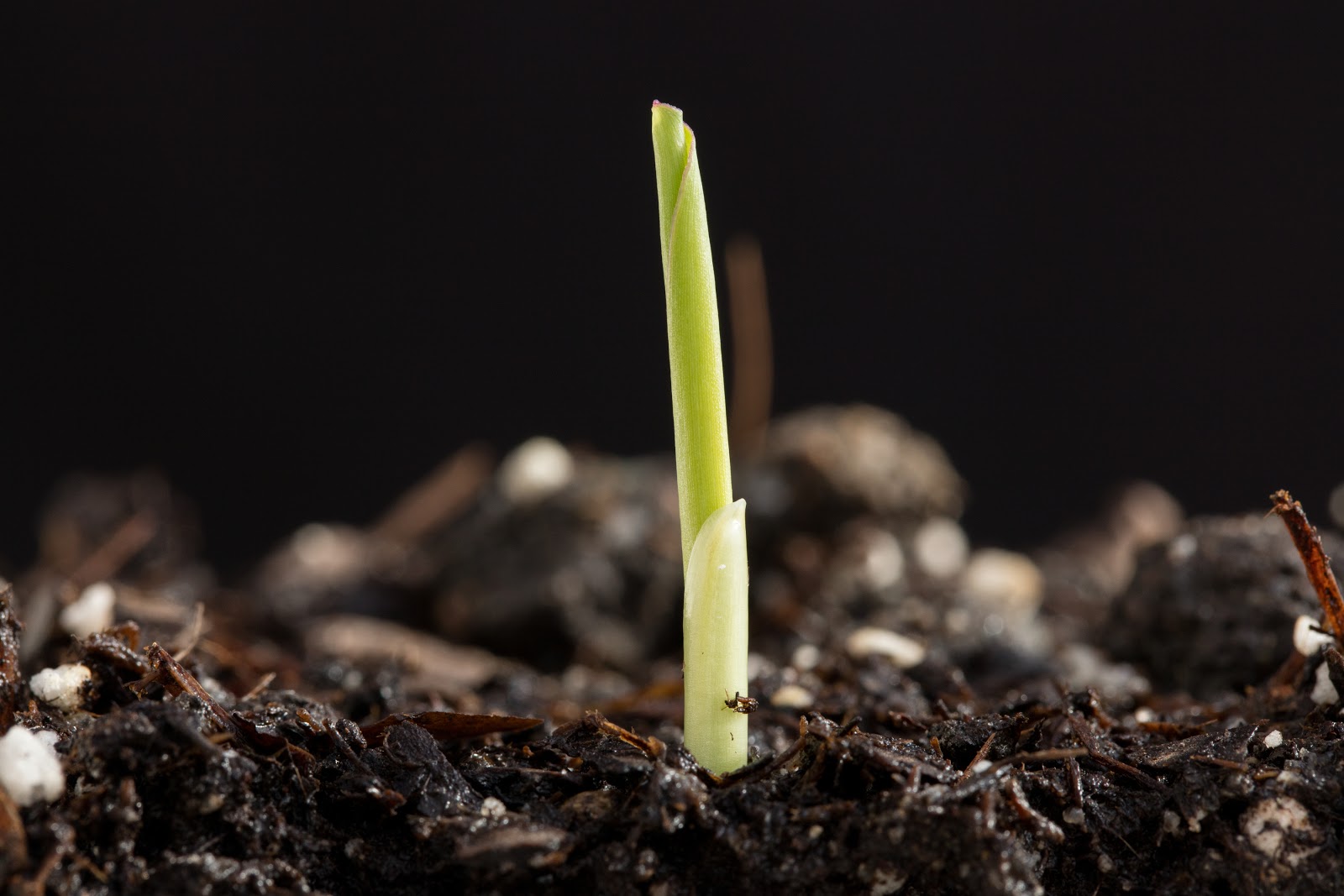
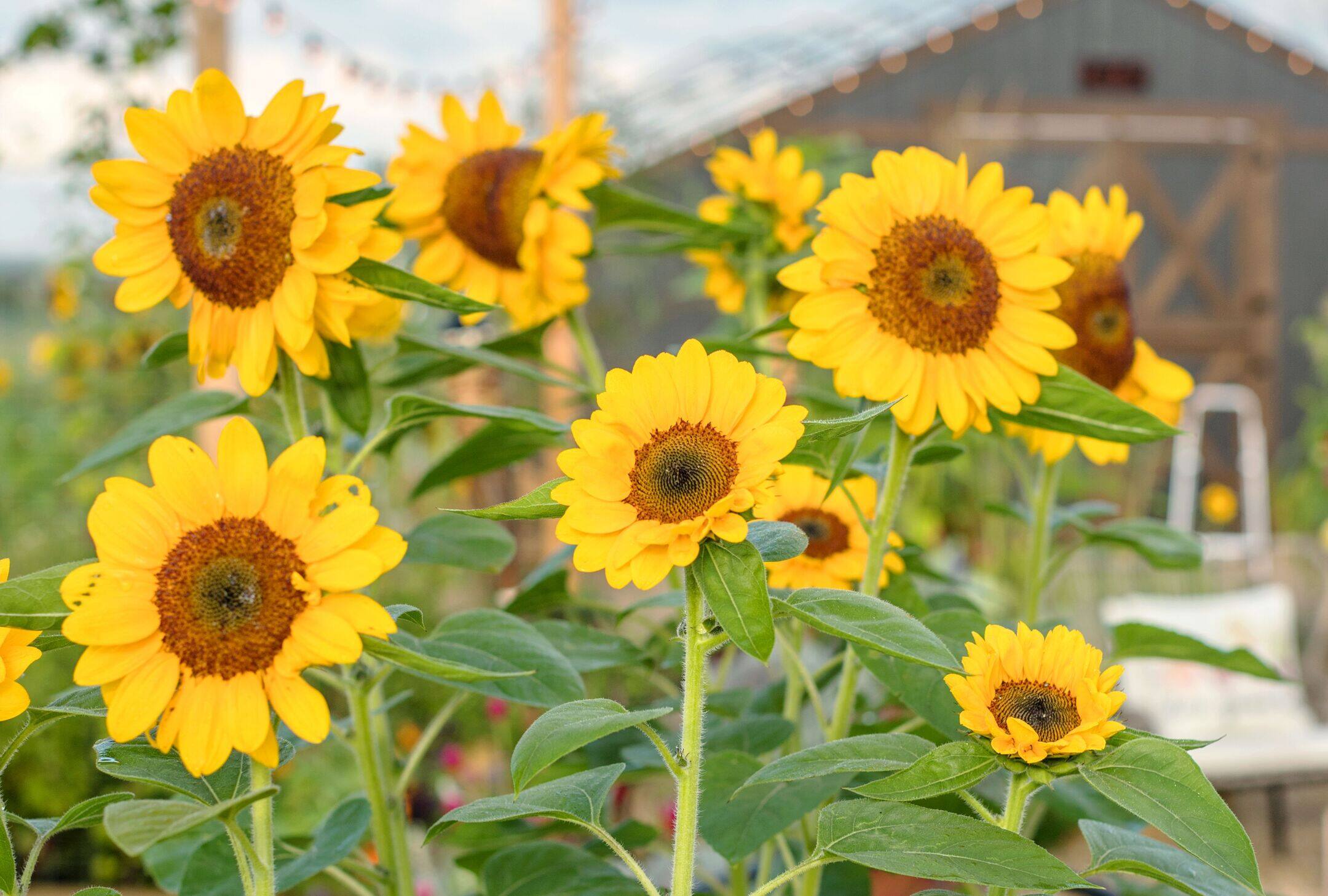
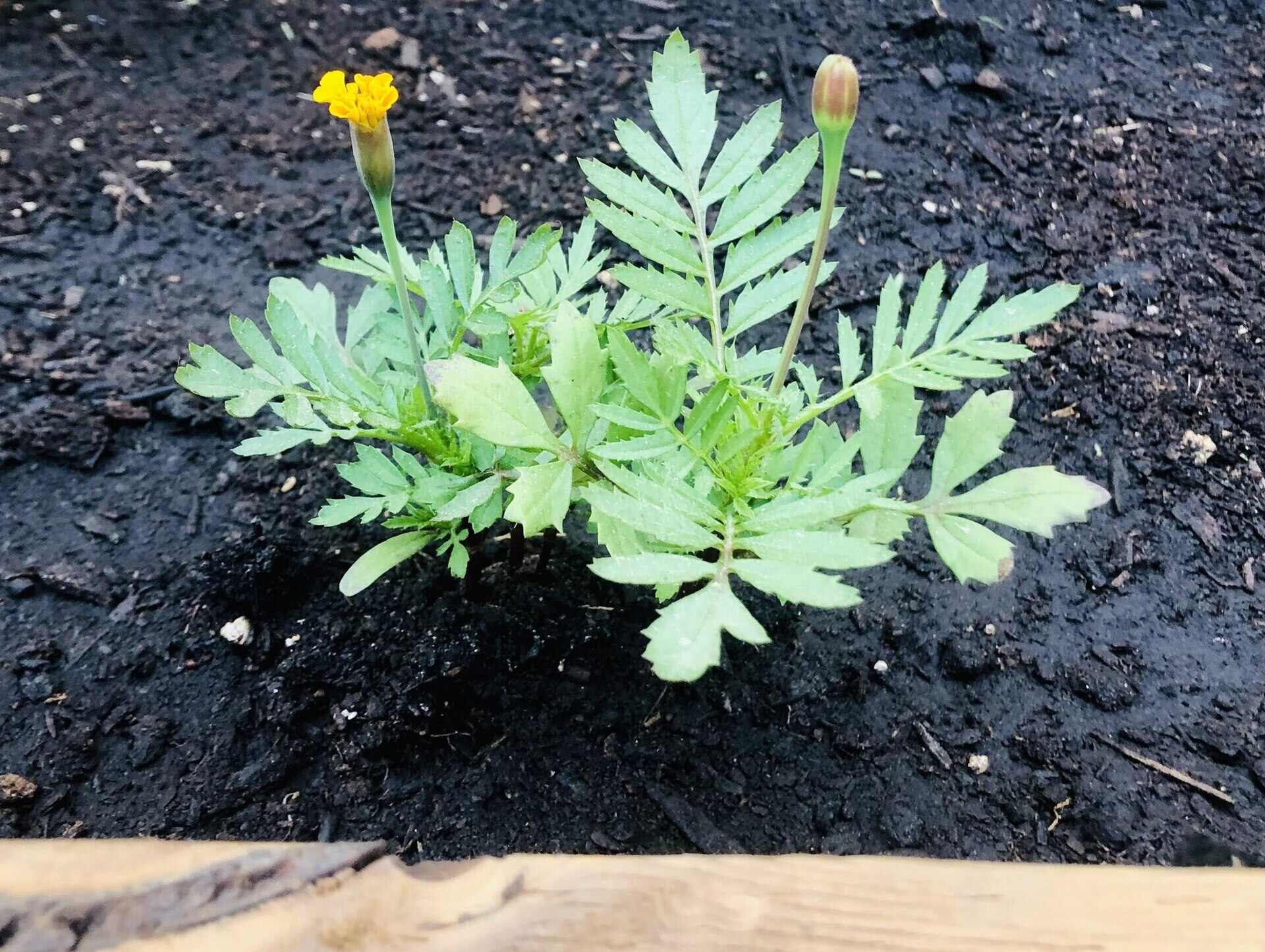
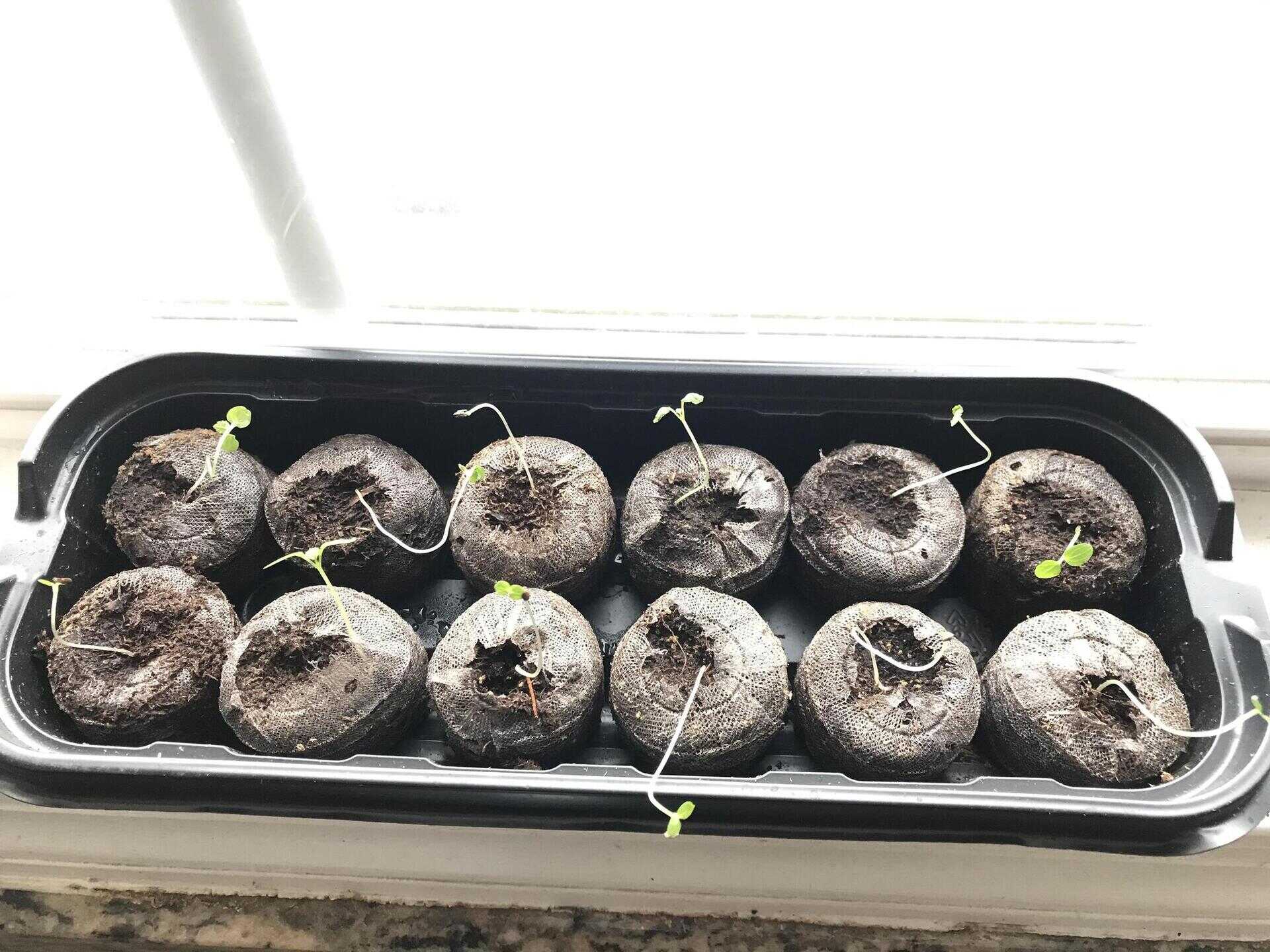
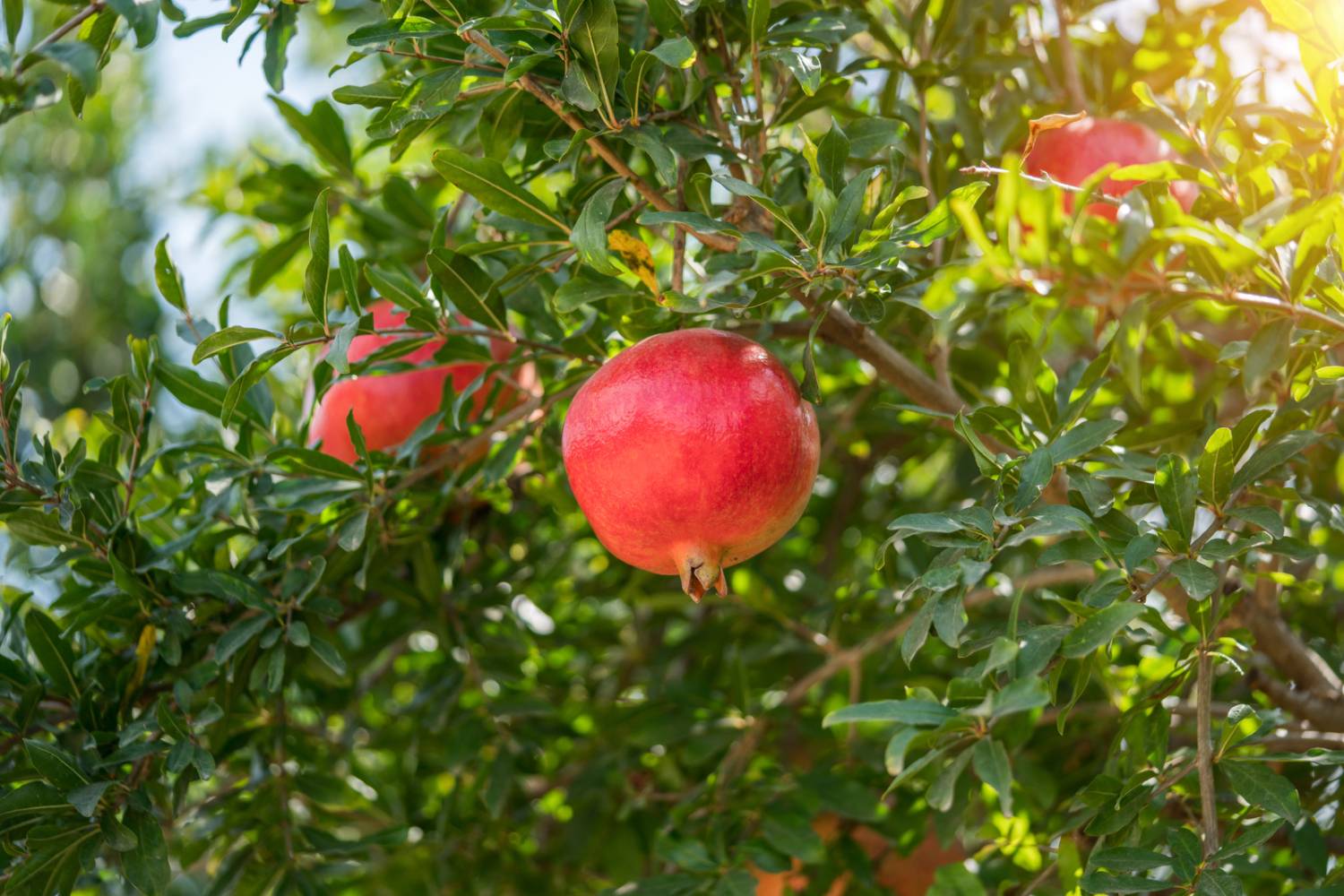

0 thoughts on “How Long Does It Take For A Rose To Grow From Seed”